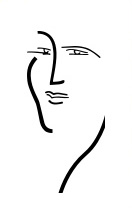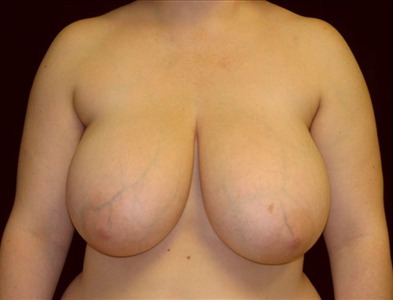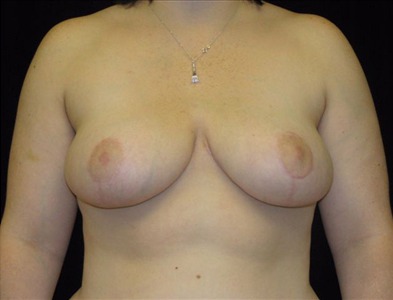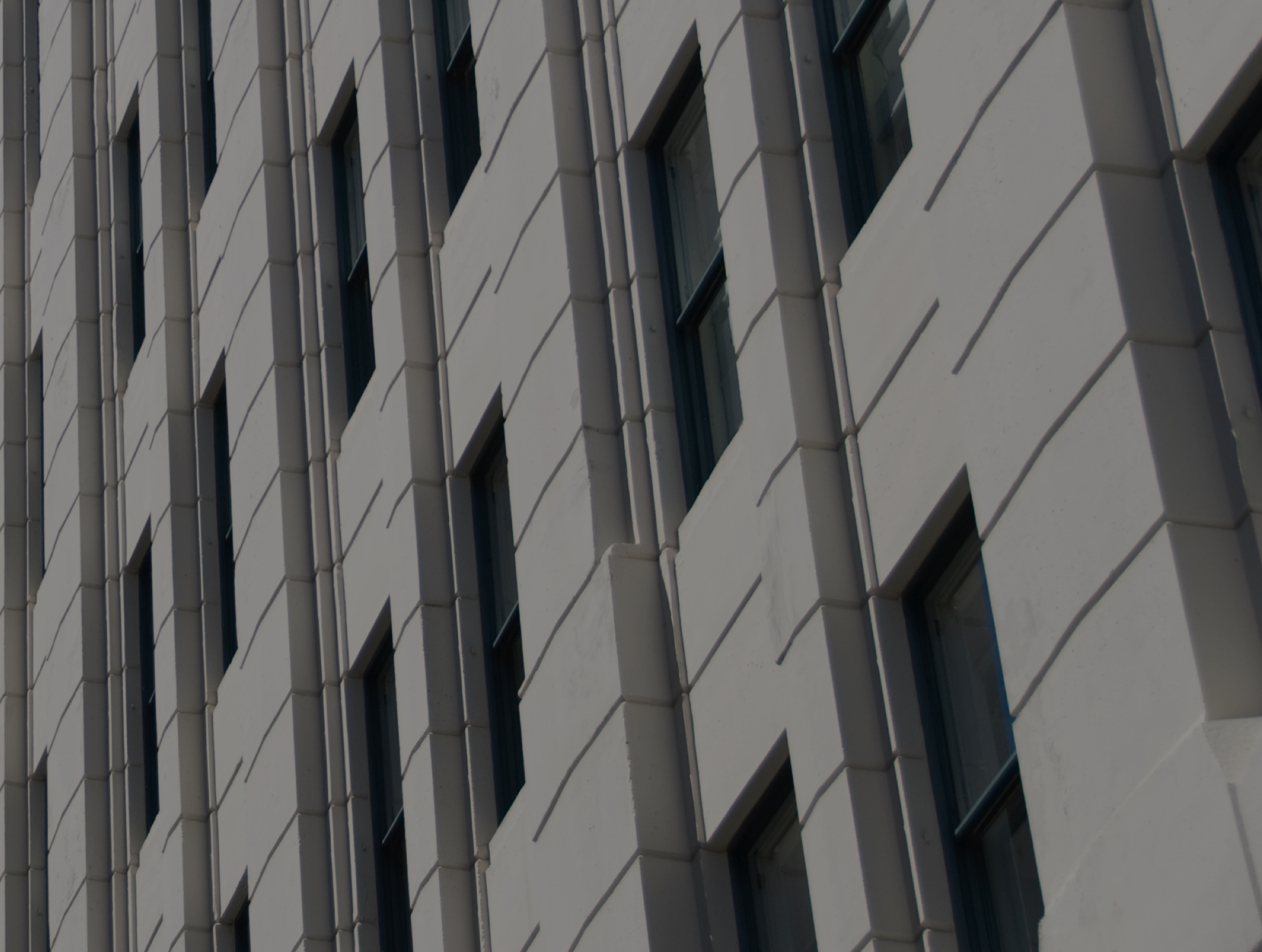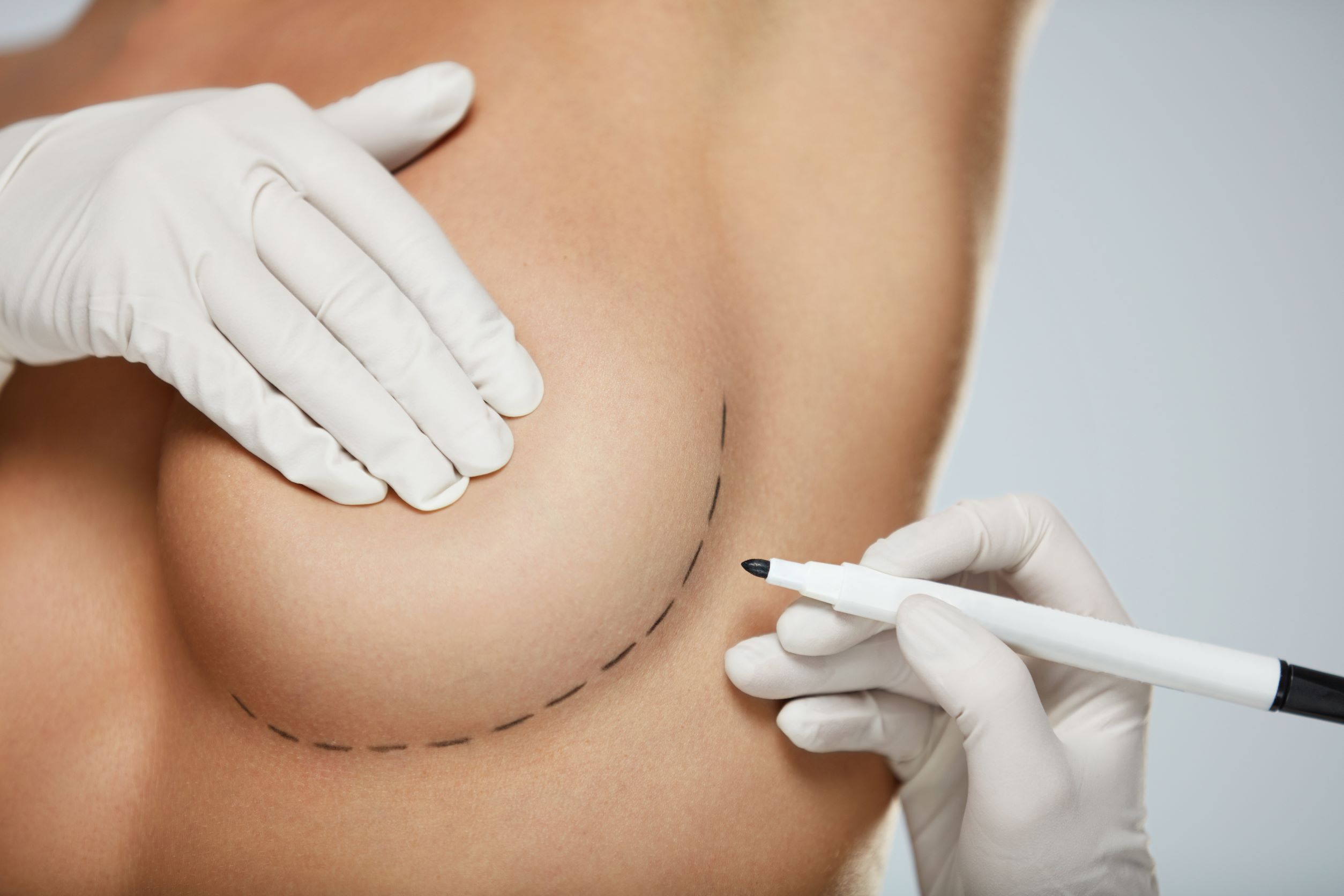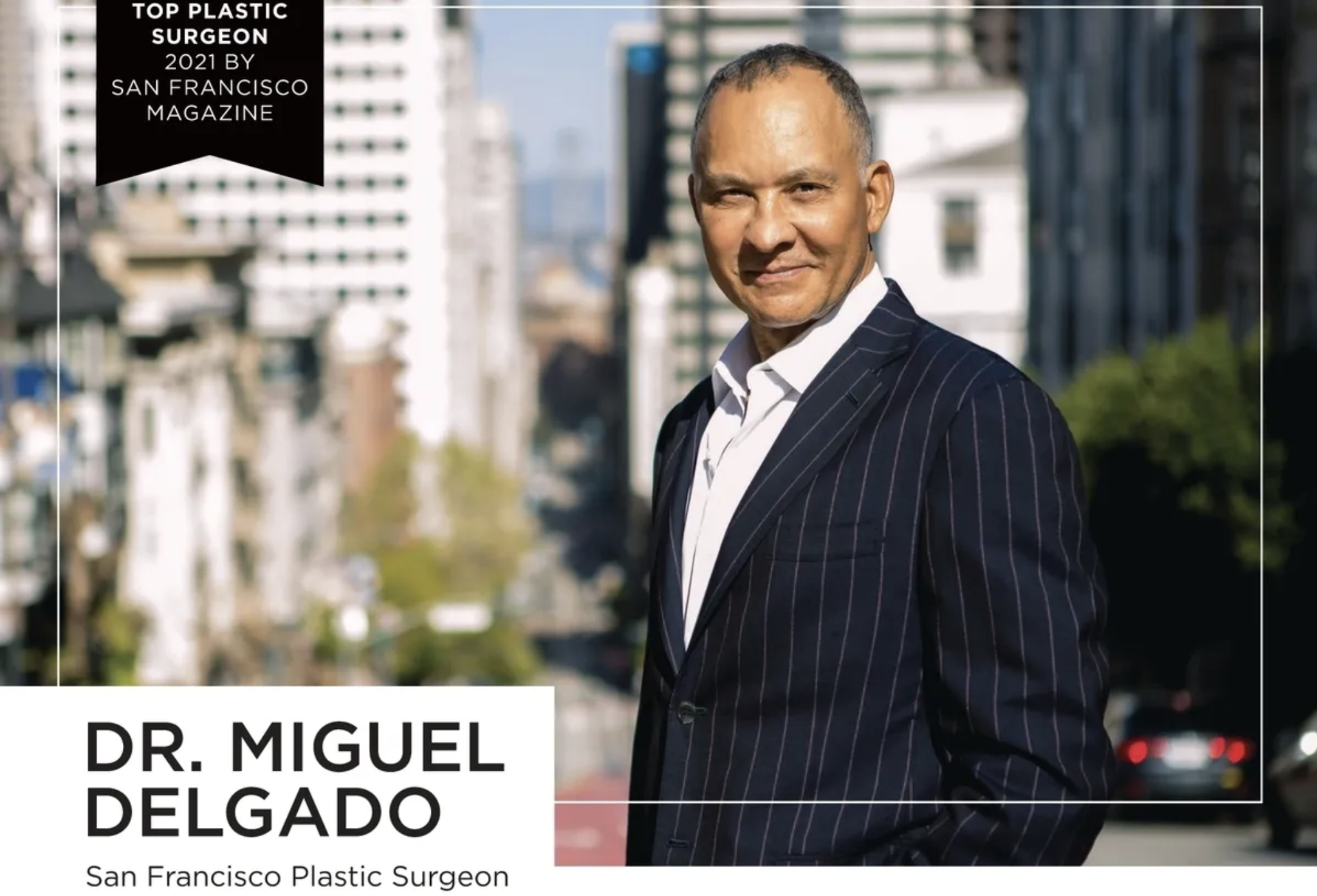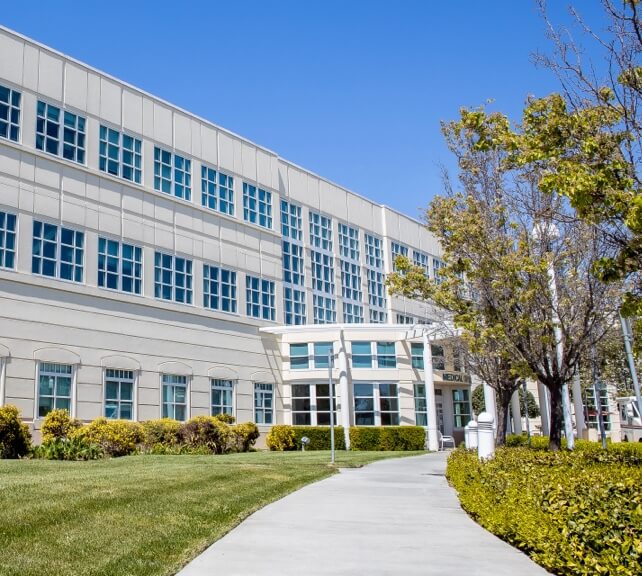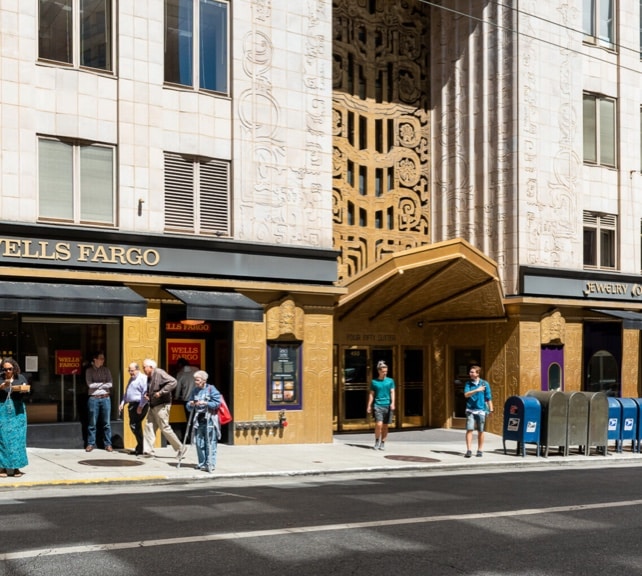Breast Reduction, or reduction mammoplasty, is a surgical procedure that reduces the size and shape of the breasts by removing excess skin and underlying breast tissue. It also reduces the size of the nipple-areolar complexes, which frequently become enlarged due to breast development. The surgery creates breasts that are lifted, smaller, and shapelier.
BREAST REDUCTION WITH IMPLANTS
Silicone or normal saline breast implants are sometimes used in breast reduction in Sonoma County. This is not a common procedure but occasionally has an application for women who desire a youthful appearance of their breasts, including superior fullness. Breast reduction surgery attempts to create this—and some techniques work better than others (like the short scar breast reduction)—but over time, the breast tissue settles downward with gravity and creates more bottom fullness and less upper fullness. For women who desire lasting upper fullness, this can be accomplished with the placement of breast implants at the time of the breast reduction.
Other circumstances for the use of breast implants may include: women who have had over-resection of the breast tissue and desire to be larger, as well as women who have had a breast reduction and, over time, desire an increase in size and fullness to the surrounding skin envelope to correct volume loss resulting from weight fluctuations and aging.



